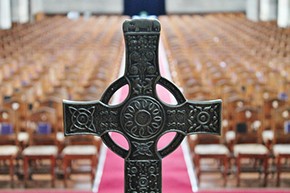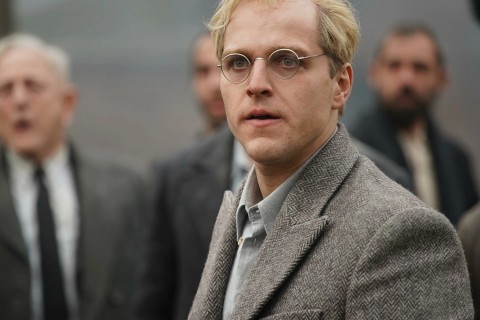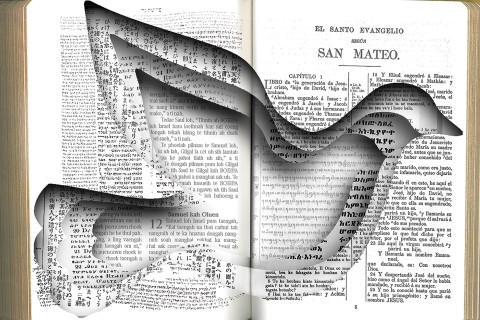The Irish nones
Not for the first time in its history, Ireland is going to extremes. After centuries in which the island was synonymous with staunch Catholic piety, the republic seems to be undergoing a process of secularization as rapid as any in recorded history. If the Catholic Church’s worst fears are realized, Ireland could soon be one of Europe’s least religious countries.
Clergy abuse scandals have done much to drive religious change. Over the past two decades, repeated investigations have revealed extensive and systematic sexual abuse in the church as a whole and in particular dioceses, such as in Tuam, Cloyne and Dublin itself. The diocese of Ferns, the subject of a scathing 2005 report, earned the media label of “the devil’s diocese.” In 2009 the national Child Abuse Commission exposed decades of molestation and violence in Catholic-run schools and institutions.
Most of the sexual abuse story will be quite familiar to Americans: serial predators were ignored or transferred to new parishes. One such priest, Father Brendan Smyth, became the public face of clerical villainy. When Irish authorities were slow to extradite him in the 1990s, popular outrage actually toppled the government of the day.






